Mill Meadows Society Charity Proposal
As mentioned at the AGM last year the Mill Meadows Society has been investigating becoming a Charitable Incorporated Organisation.
Our Draft Constitution is available here for you to read, comments, questions and concerns can be raised by members at our AGM on April 18th
The benefits to Mill Meadows Society of becoming a charity
The chosen vehicle will be a Charitable Incorporated Organisation (CIO) which gives several benefits over the Society's current structure. Namely, a layer of protection for the committee (if things go wrong at a Fayre for example) and financial benefits such as improved options to apply for grants, free software and the ability to claim gift aid on donations.
The CIO is a separate legal entity and so it can enter contracts, hold property and other assets in its own name. Consequently, any liabilities arising from the entry into such arrangements fall on the organisation itself rather than the trustees.
The charity can claim Gift Aid on most donations - meaning they are worth 25% more than the amount that's donated. The charity would be eligible to apply to many more trusts and foundations that only give grants to registered charities.
Charities also receive many other benefits - such as free software, free or low cost donations of goods, the ability to sign up to numerous online search engines that donate to charities, as well as things like eBay for charities and many more.
The CIO can adopt either the Foundation model which provides a suitable structure for a charity that is to be run entirely by its trustees or the Association model which provides a suitable structure for a charity that wishes to have a separate voting membership participating in the governance of the charity and providing a layer of internal scrutiny and accountability over the trustees.
The Association CIO, with delegation to the trustees for the normal running of the committee and organisation, with finances etc. can then be voted on by the wider membership as well as appointing trustees. For simpler administration, the foundation model would be more appropriate and is more common.
There is a compelling argument for both in our situation. However, with our larger membership, I recommend the Association model.
The three primary benefits (in no particular order) of the structure are
Public image of the charity status
A certain level of indemnity, by having the 'corporate veil'.
Financial opportunities, such as improved grant options and gift aid.
What's the catch? There's a fair bit of paperwork to get it set up and a new constitution to adopt, which should be based on the models provided by the Charities Commission. For the size of the proposed charity, we will need to report our annual income and expenditure. This is completed online. That's it!
Kyle McGill Committee member
